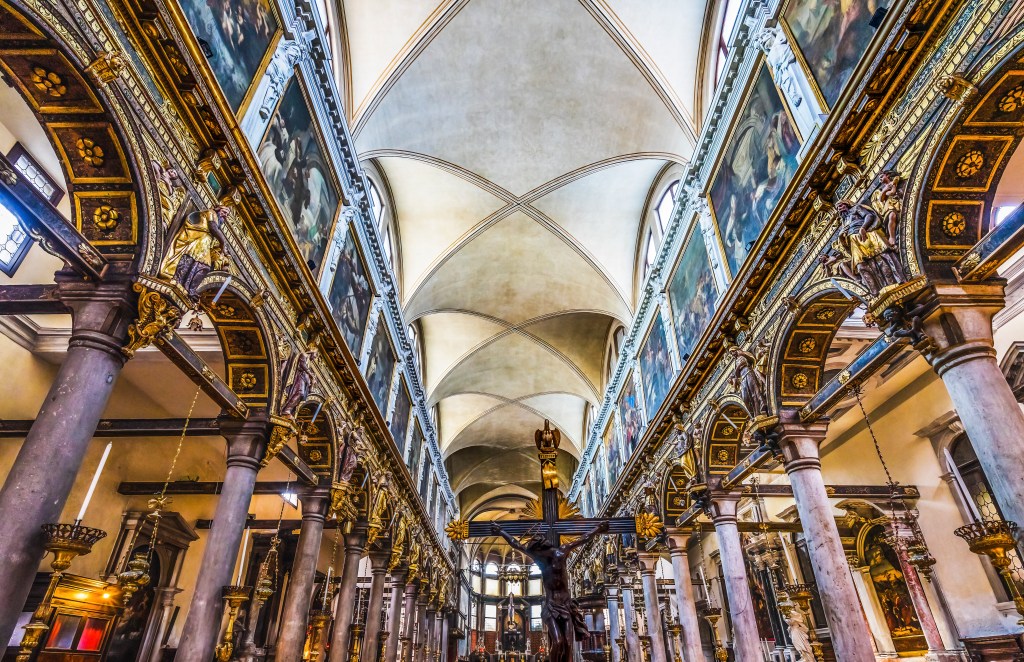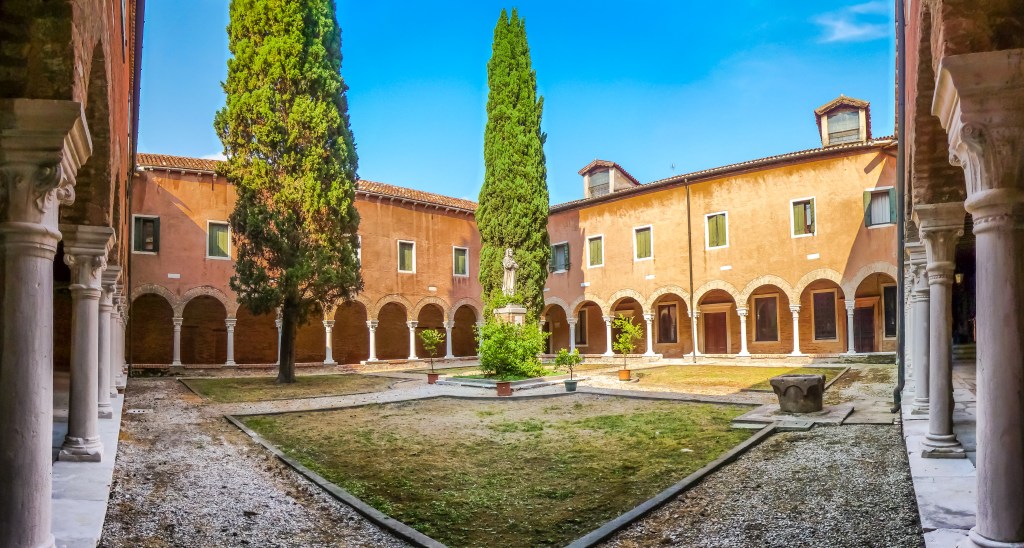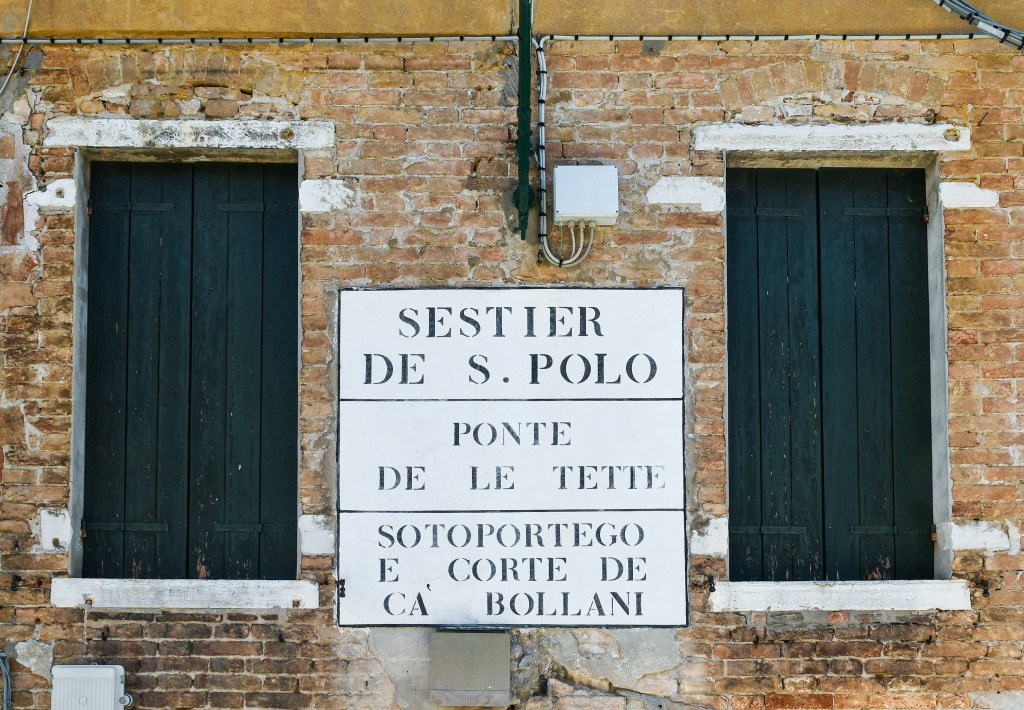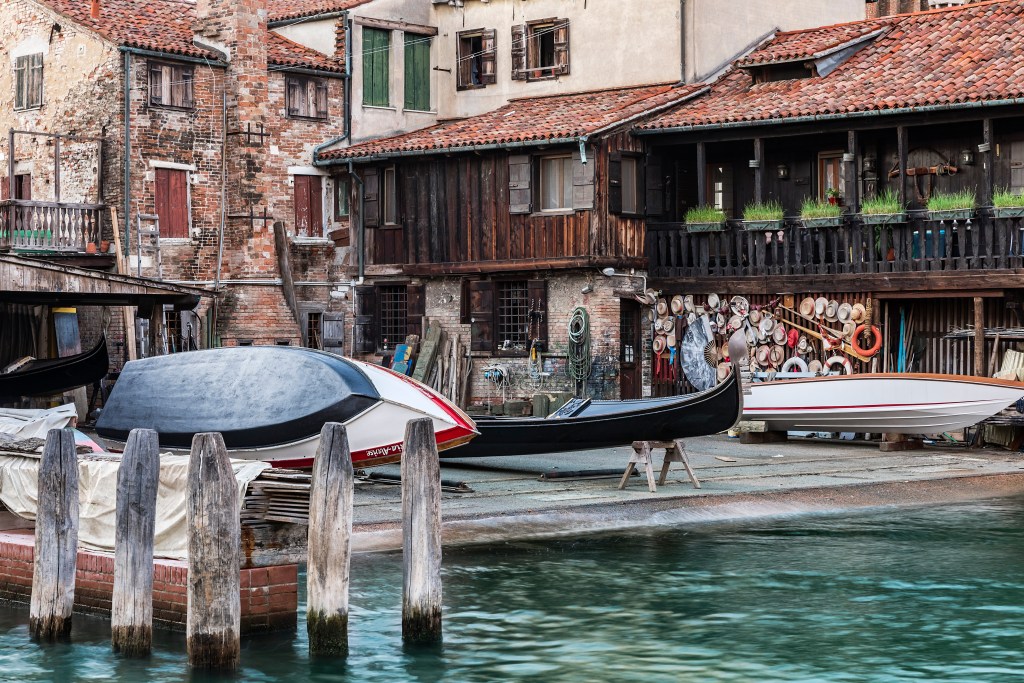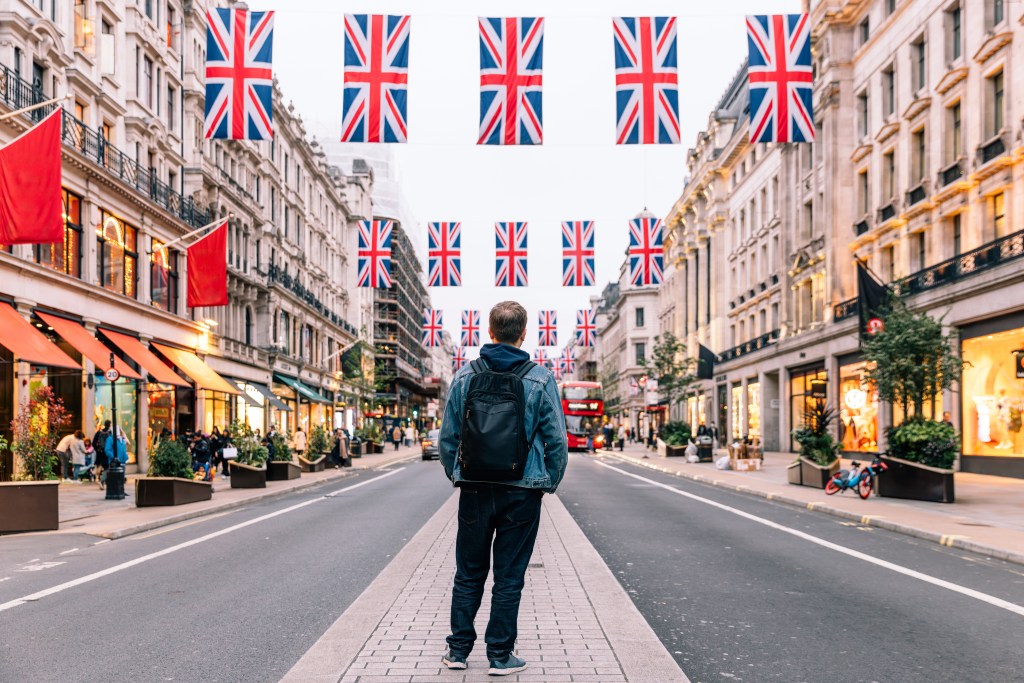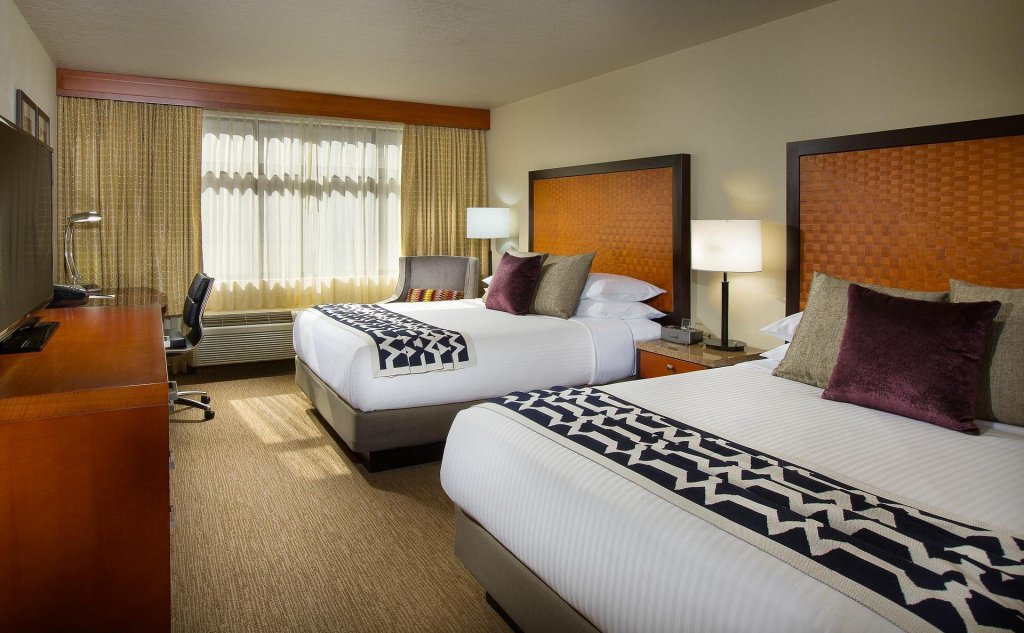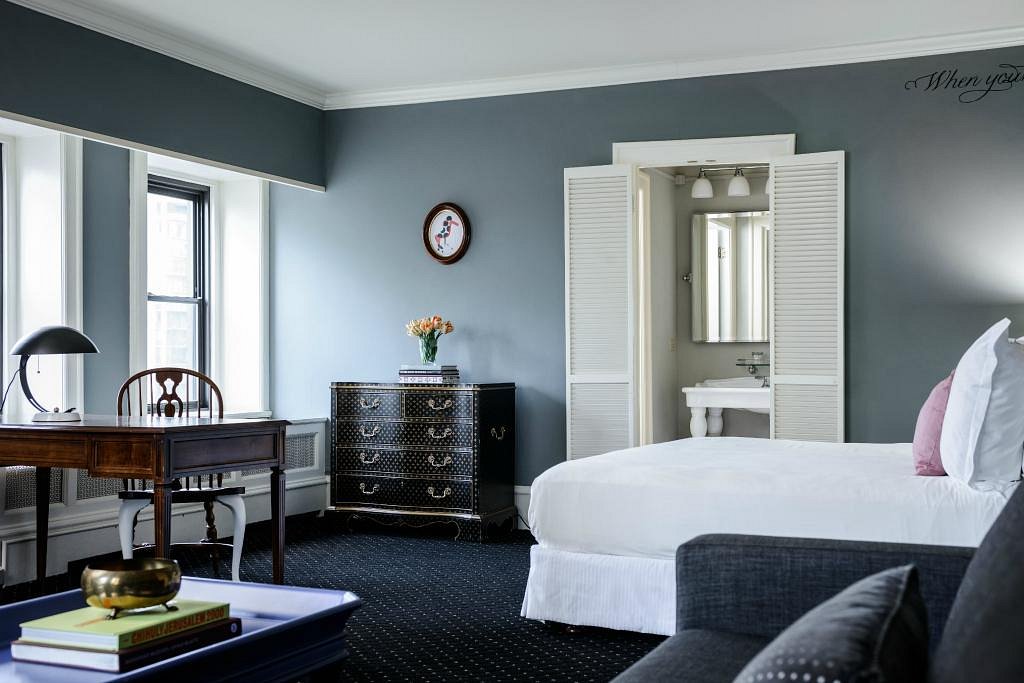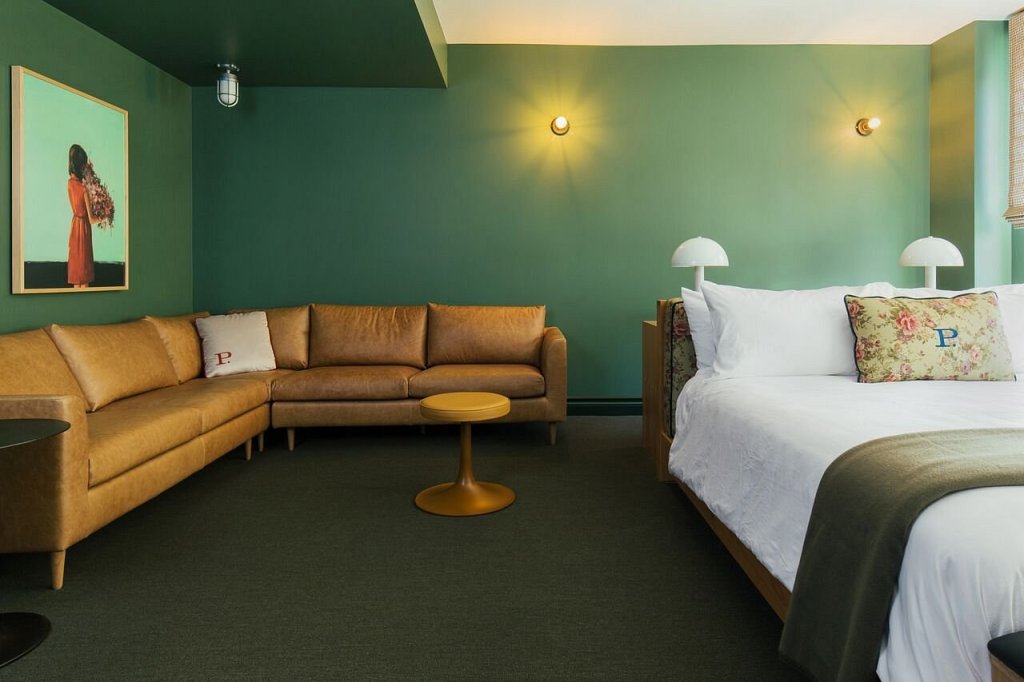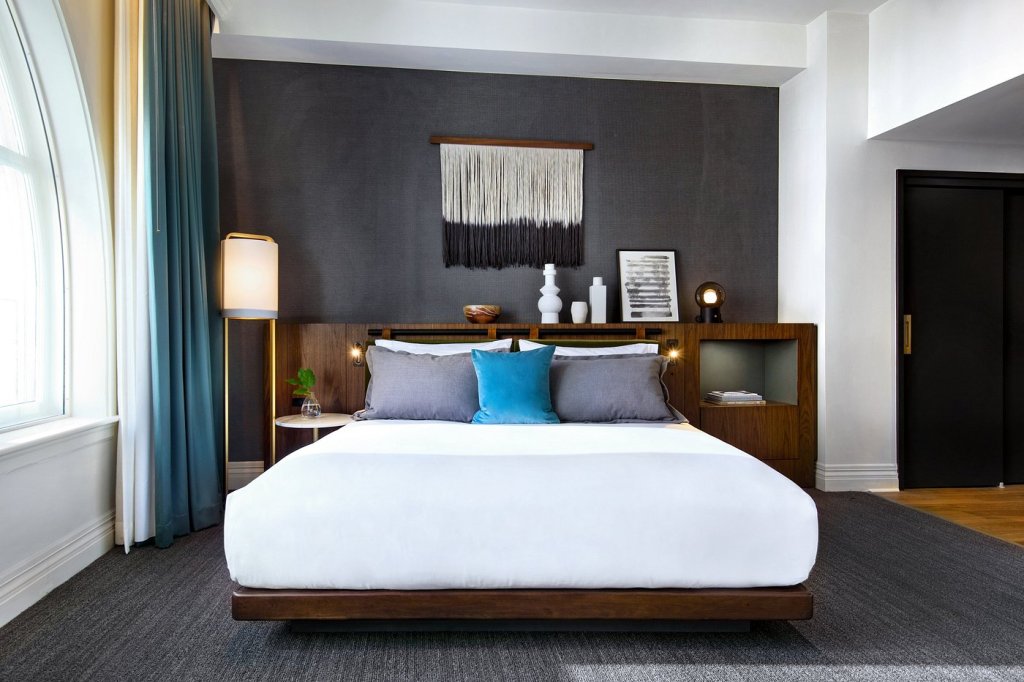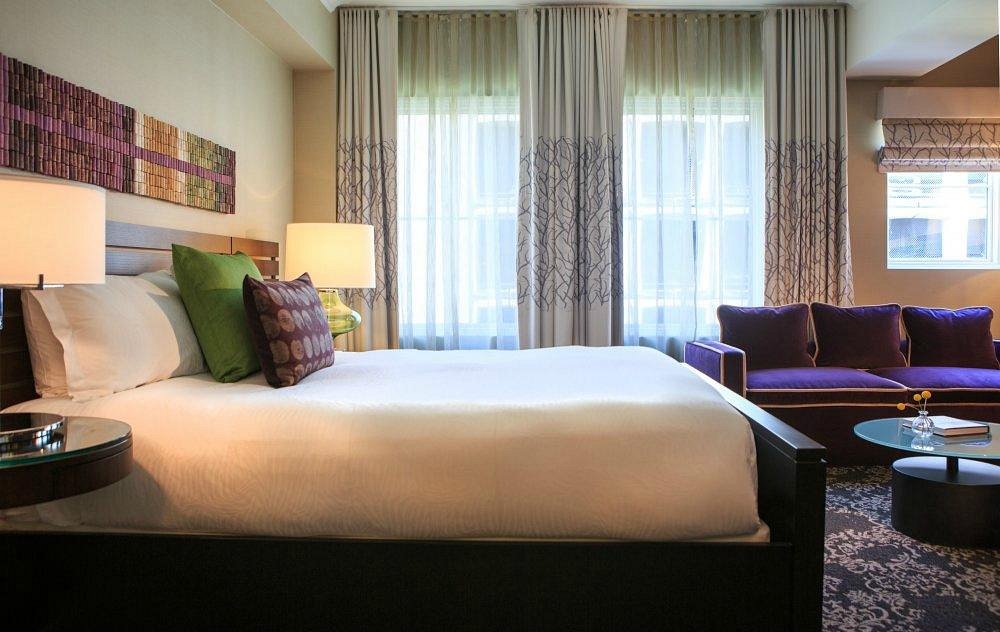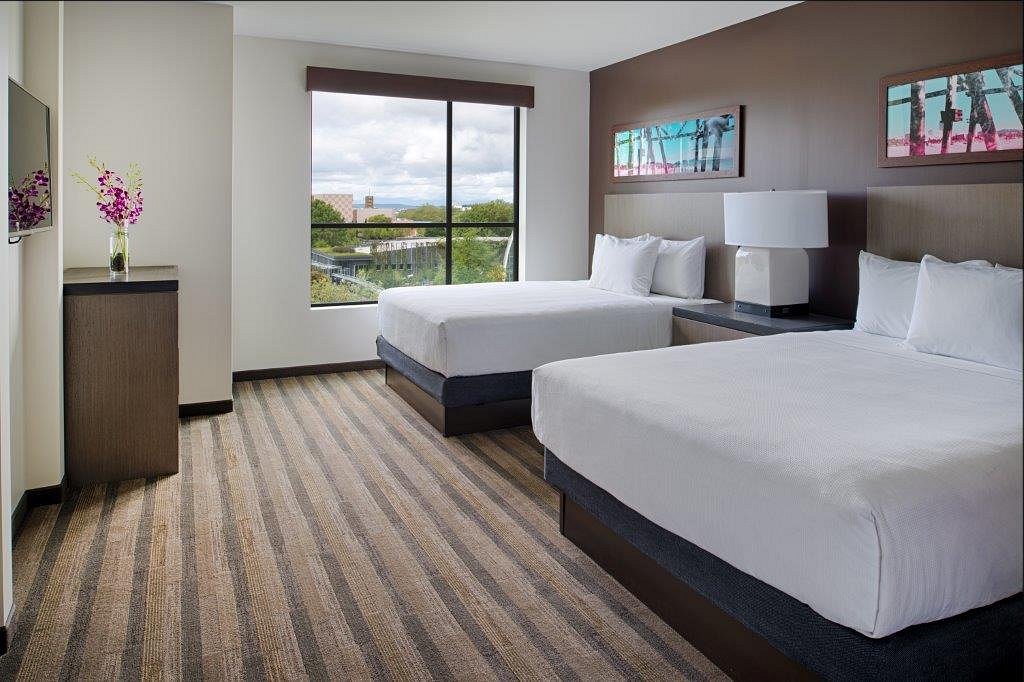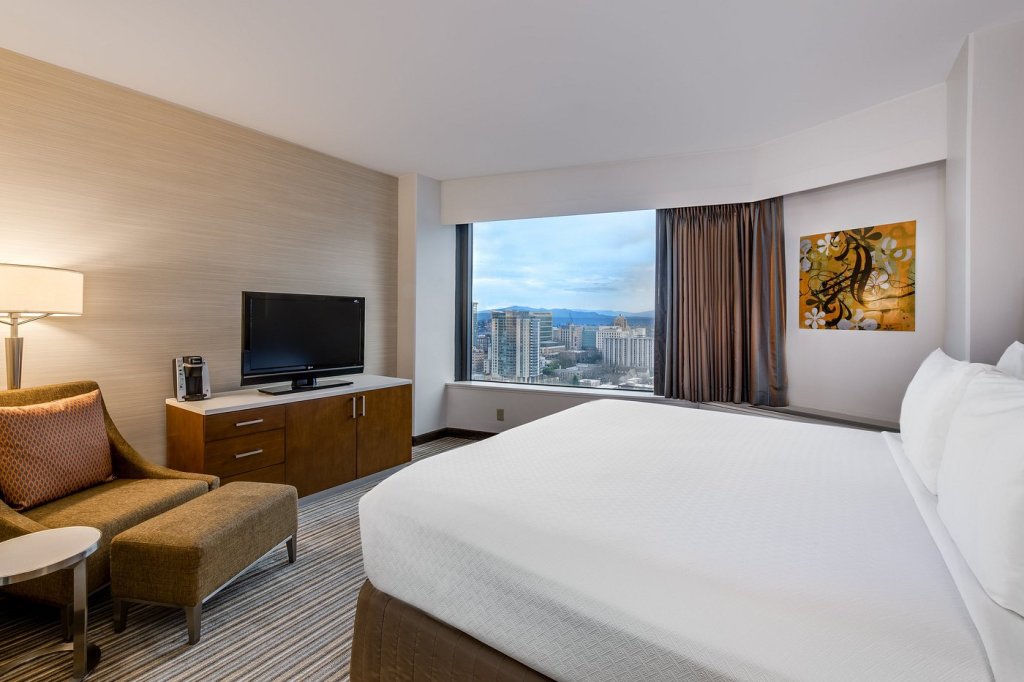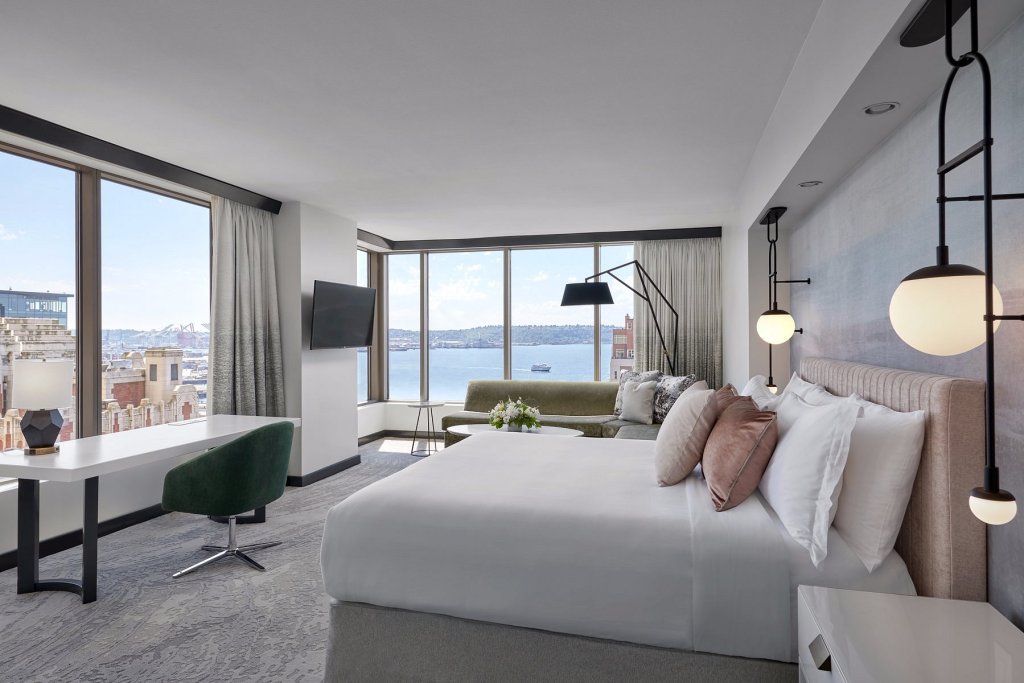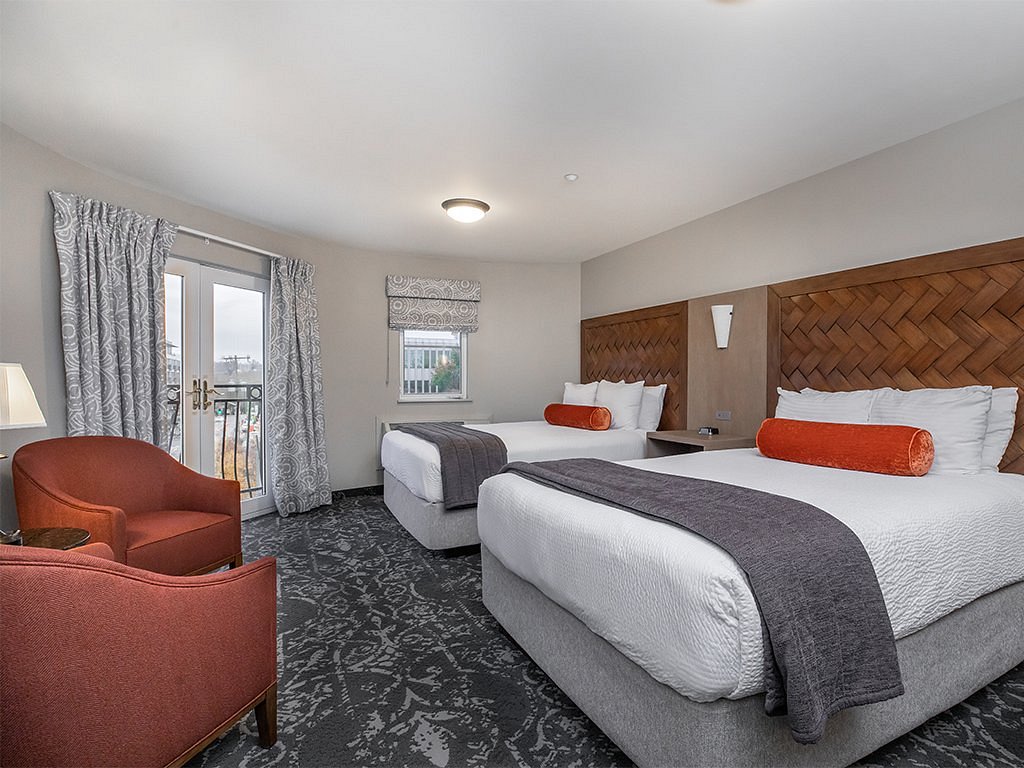Headlines cover a vast gamut when it comes to the state of US travel and tourism.
Publications have covered US tourism from a range of angles, from analyzing Las Vegas’s summer slump to forecasting how new visa fees might change tourist outlook.
But what does that data actually say about travel to and from the United States throughout 2025? Even statistical breakdowns look a little murky depending on which data sets and yearly reports are compared. Are we in a slump? And what, exactly, defines a slump?
In short, the US is in an unprecedented situation with many possibilities ahead.
Let’s take a look at differing viewpoints from three major publications on whether or not the US is in a travel slump. (To clarify: this ‘slump’ refers to travel to/throughout the US from both domestic and international visitors.)
Take #1: Business trips are showing resilience in the tourism sector
According to Monica Pitrelli, reporting for CNBC, business trips to and from the United States have shown steady numbers throughout 2025. According to data from SAP Concur, the US was the top global destination for businesspeople this year.
That’s worth noting when it comes to Canada. Though the US and Canada are facing intensifying tensions, around 80% of outbound flights from Canada for business were heading to the US.
In short, corporate interests haven’t been tarnished by geopolitical topics.
Take #2: Overall visitor numbers are down this summer—but not for all states
According to some of the anonymous minds behind The Economist, not all publicity is good publicity when it comes to tourism. Taking a fine-tooth comb to the travel data available—such as daily passenger arrivals into the US—there’s been a sharp decline in the number of travelers visiting the US compared to 2024.
Between May and July, tourist visits to the US dropped by 5.5% compared to the previous year. Canadian visits are down 13.2% during that time for flights, with a whopping 30% decline for visits by car.
On a brighter note, while tourist visits to New York, Chicago, and Boston all dropped, they increased slightly in Florida hotspots like Orlando and Tampa. Other reports hint that some domestic travelers have been spending even more during trips, which has helped soften the financial blow of lower visitor numbers for some hospitality groups.
Take #3: US travel slump is intensifying for leisure travelers
Sarah Barltop of The Express has reported that tourism and aviation stats from Europe, Asia, Africa, and Latin America have shown sharp declines in US travel. According to figures from the US, inbound visits dropped by 3.4% compared to last June, except for flights to/from Mexico and Canada.
The total figure from 2025 is only about 80% of pre-pandemic travel numbers from 2019. Travelers from countries like Ecuador, Colombia, Spain, and Ireland have dropped from 24-33% from previous years.
According to Barltrop, main issues concerning the travel drop are related to geopolitical tensions, economic fears, and US reputation amongst travelers.
